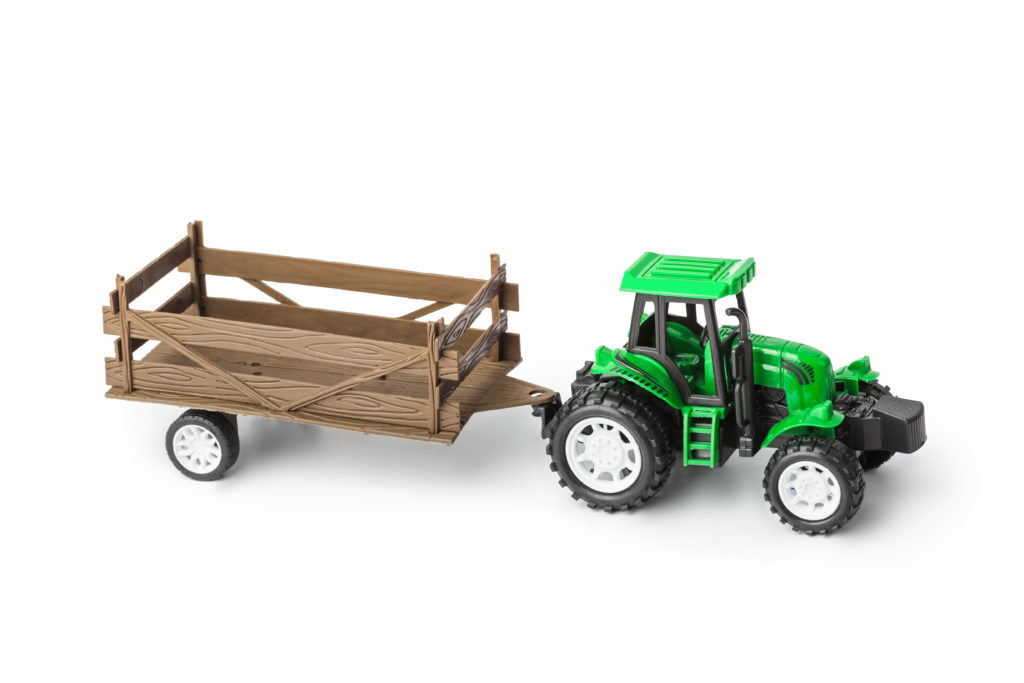Supply Issues Continue, Input Prices Soar

By Katie Nichols
The transportation crisis and supply issues are increasing prices and limiting availability for chemical inputs, tractor tires and more.
Steve Li, an Alabama Extension weed scientist, said a well-thought-out farm management plan is imperative.
Fertilizer And Chemical Availability
“The recent fertilizer and crop protection chemical price surge will encroach on row crop growers’ profit in 2022,” Li said. “Lack of these chemicals during cropping season can significantly interrupt pest management and cause application delays and pest control failures.”
Li said key herbicides — such as glyphosate, glufosinate and clethodim — will be in short supply. Other herbicides — such as 2,4-D; S-metolachlor; paraquat; and flumeturon — may also run tight.
“Generic products of certain active ingredients will be hard to find because production disruption in China affects generics more than name brands,” Li said. “Multinational companies can supply the market with chemical volumes similar to 2021 or even slightly higher. However, the increase in their supply cannot fully cover the shortage of generic productions. An overall supply shortage is still expected for the U.S. crop protection market.”
Producers should have multiple backup plans and think through ways to effectively use on-hand crop inputs.
“The chances are slim that the supply chain can deliver sufficient chemicals to burndown, plant and spray crops at the same time,” Li said. “We may need to start burndown early, stretch burndown and planting longer to decrease the need for chemical volumes per week, then hope for as much chemical as possible later in the season.”
Tractor And Implement Tires
Van Mashburn, store manager at Tristate Commercial Tire in Headland, said the tire industry is in the same situation, just with different products.
“There is a backlog from toys to tractor implement tires,” Mashburn said. “The majority of name-brand tires are manufactured overseas, but there are some tires made state-side.”
Mashburn said the shipping crisis is the major issue with tires from overseas. However, there are two factors at play with state-side tire production and distribution.
“Many raw materials are still being imported from overseas, so there is a delay with the arrival of those materials,” he said. “Still, many of the manufacturing facilities are operating at less than 100% efficiency because of the labor shortage.”
Since January 2021, Mashburn has seen a 10-25% price increase on all tire products. He said a $100 tire in December 2019 now sells for $140. Many agricultural producers are also at the mercy of availability. Preferred brands may not be available, so Mashburn said what is on the shelf is what is available on short notice.
Before COVID-19, a worst-case-scenario wait was one week. Now, producers are looking at a six- to eight-week minimum wait time. Flexibility and a willingness to take the product on the shelf will be important for producers this year.
The Alabama Extension farm and agribusiness management team has developed enterprise budgets for producers. Visit aces.edu to learn more and utilize the budget resources.
